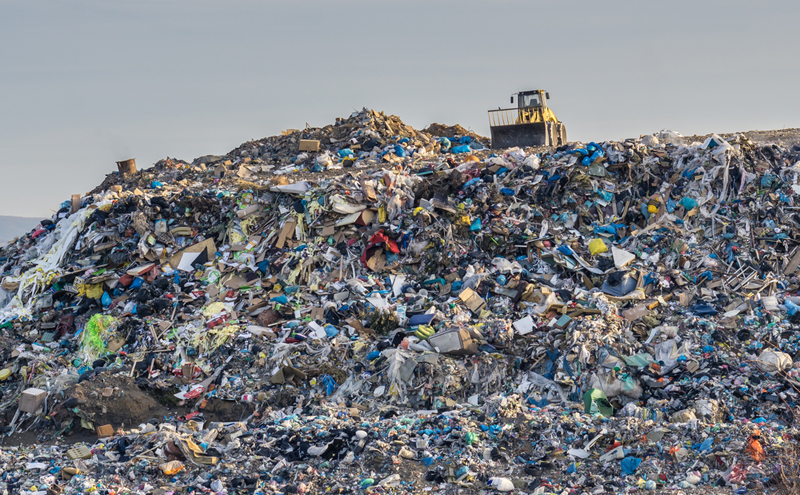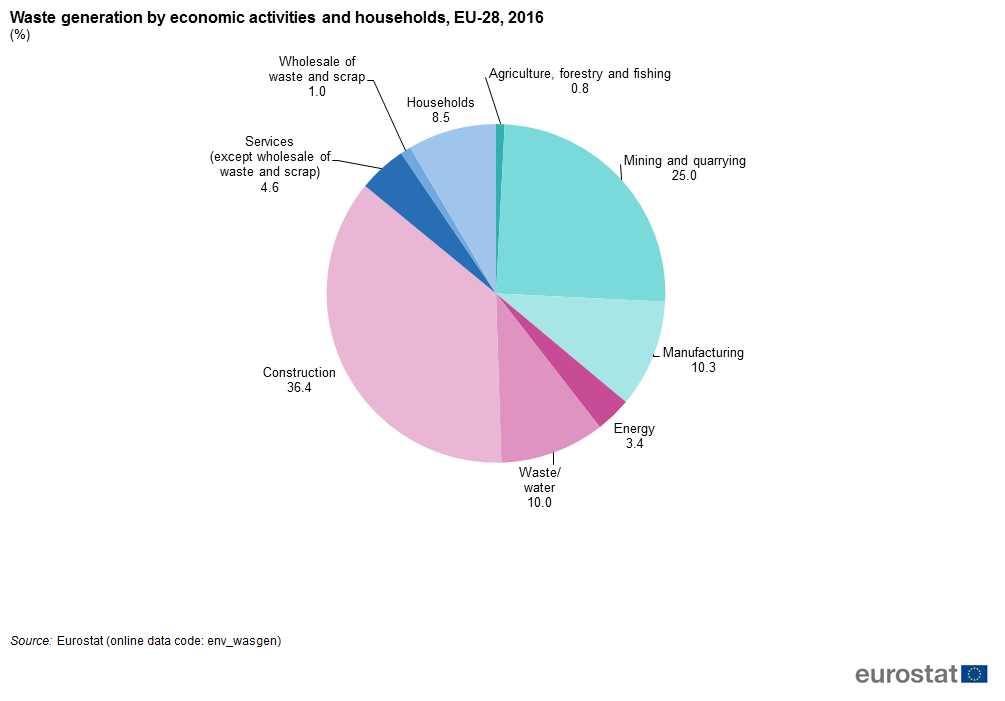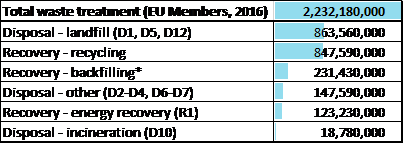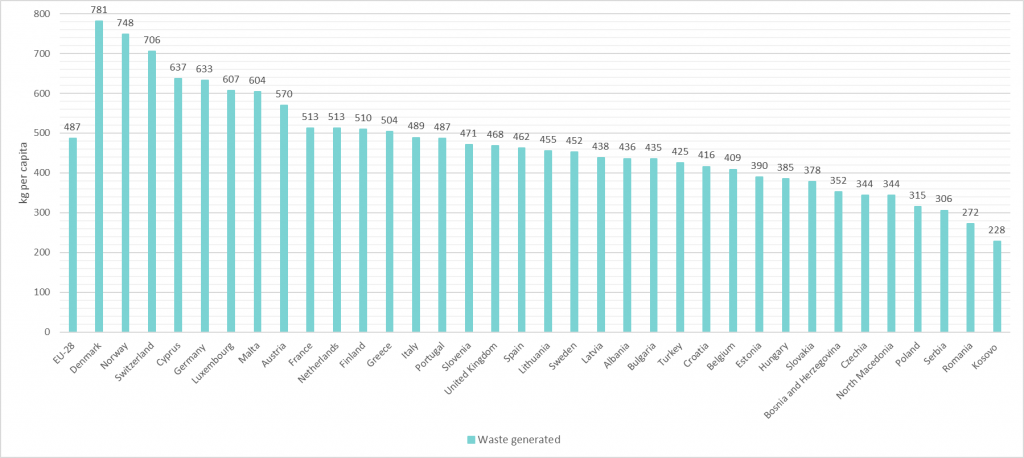“Individually, we are one drop. Together, we are an ocean” – Ryunosuke Satoro.
When we talk about waste we are situating ourselves in a context where human beings intervene, since nature itself does not generate waste. In the ecosystem, every element discarded by a living being is susceptible to being used, and in fact it is used, incorporating it into the cycles of matter and energy flows. It is the emergence of human societies with an overexploitation of natural resources, which generates so much waste that it exceeds the capacity to assimilate them by natural cycles, producing pollution.

A typical scenario in a European landfill © AP Images/European Union-EP
Waste generation has been linked to the human economic activity -production and/or consumption- that requires resources that exceed the possibilities of its environment to satisfy it. Displacement of resources towards these concentrations and their use generates waste in quantities that the environment is not able to assimilate by itself.

Waste generation by economic activities and households, EU-28, 2016. Source: Eurostat (online data: code: env_wagen).
To the substantial amount of waste generated -approx. 2.515 million tonnes in Europe in 2017- must be added its danger and the long residence time in the environment. The ecological consequences of waste are not limited to the depletion or reduction of natural resources, but the production of alterations in the functioning of the biosphere itself. However, there are several treatments in our “developed” countries to deal with all this waste, which include different ways of disposal and recovery. [Interpret the values by yourself, but take into consideration that not all the countries calculate their (recycling) rates in the same way and the results may differ from the definition].

Treatment of total non-hazardous waste in tonnes*
(*According to the Commission Decision 2011/753/EU, “backfilling means a recovery operation where suitable waste is used for reclamation purposes in excavated areas or for engineering purposes in landscaping and where the waste is a substitute for non-waste materials”). Source: Eurostat
You may think that it is hard to influence the waste generation in the construction, manufacturing, mining and quarrying. But! Why do we not analyse our daily lives and the waste we produce? In following table, you can see how badly we are doing (especially in the richest countries) and how much household waste we produce. [Once again, caution is necessary when interpreting the data because of the different calculations for municipal waste and varying data collection methods].

Household waste generation in Europe, 2017. Source: Eurostat
In 2017, the highest production of municipal waste was in Denmark with 781 kilo per capita, while the Kosovars produced the least amount with 228 kilo per capita. Our habits can explain this variation between countries, for example, Southern Europeans are more likely to buy food from open markets, where the product is sold without packaging, creating less waste.
Now, it is your time to think if you could reduce the statistics for the coming years and leave this world as nice as you found it.
“If you want to change the world, start with yourself first” – Gandhi
About the Author:

Cristina García is our ESR02. She comes from the sunny coast of Spain and, after being living in several countries (England, China, Finland and Poland), she stablished in Germany to study her PhD in the field of landfill mining and waste processing at the RWTH Aachen University. Her main interest is to build a model that can calculate and assess the potential of MSW landfills as a possible depot of resources, after different sorting processes. Therefore, she needs to perform several excavations in different parts of Europe in order to gain information about the quantity and the quality of the LFM waste and learn how this material can be sorted in possible marketable products. You can contact her at: |


